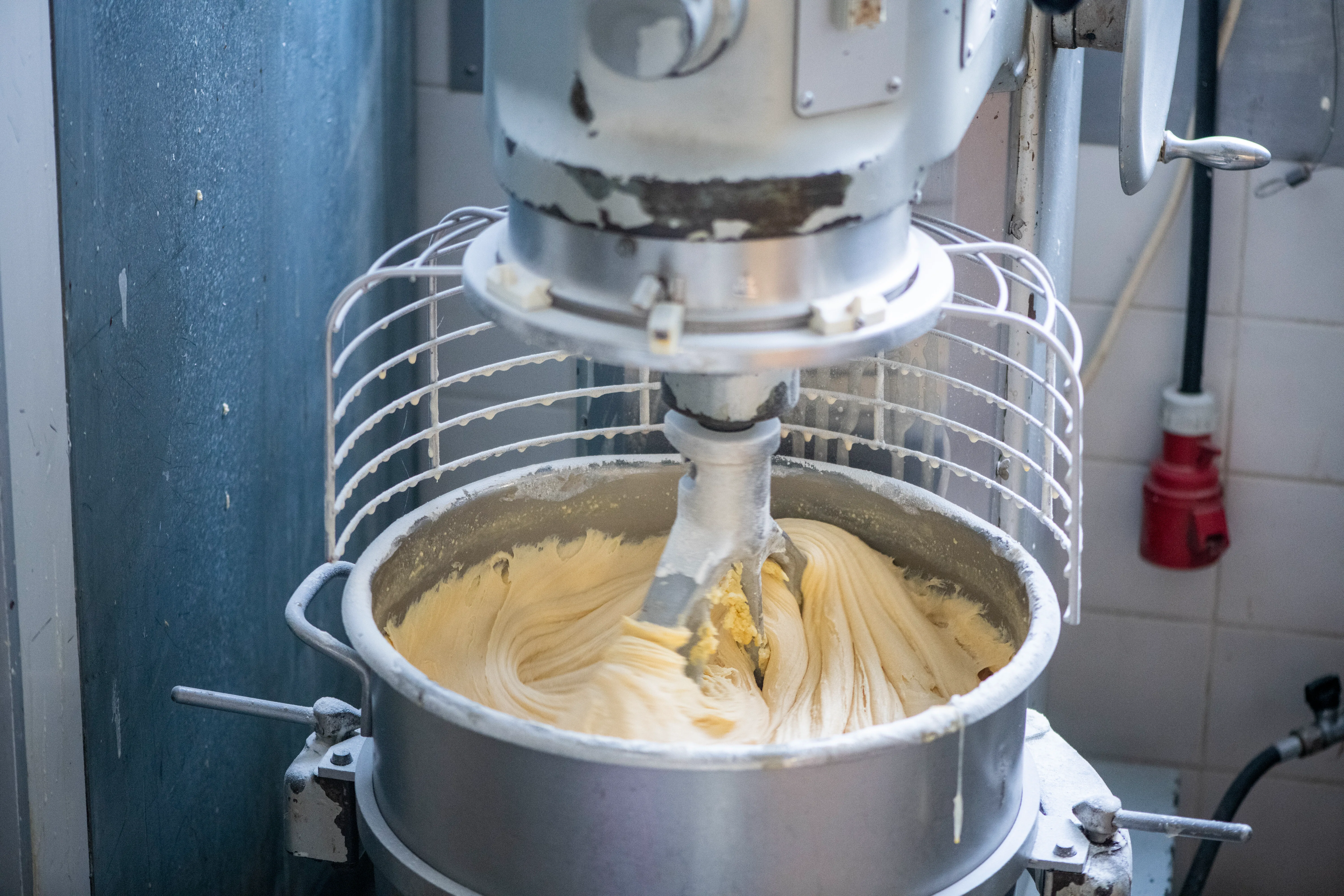Whipping machines are indispensable tools in both home and professional kitchens, designed to swiftly whip ingredients like cream, eggs, and butter, resulting in fluffy and airy textures. Understanding their versatility and functionality is essential for anyone involved in food processing, whether you are a food consultant, a food manufacturing engineer, or involved in food plant engineering.
Functionality and Uses of Whipping Machines
Whipping machines work by rapidly beating ingredients with a whisk or beater attachment, incorporating air to achieve the desired consistency. Here’s a closer look at their common uses:
- Whipped Cream: A staple in desserts and beverages, achieved by beating heavy cream until soft peaks form, creating a light, fluffy texture.
- Meringue: By whipping egg whites with sugar, whipping machines yield stiff peak formations, perfect for pies and pavlovas.
- Cake Batter: Ensures a smooth, well-combined mix, essential for baking.
- Frosting and Icing: Ideal for whipping together butter, sugar, and flavorings for light, airy cake and cupcake toppings.
- Mousses and Soufflés: Incorporating air into mixtures for perfect, light textures.
- Mayonnaise: Emulsifies ingredients to create homemade versions of this creamy condiment.
Manual vs. Electric Whipping Machines
Whipping machines come as either manual or electric. Manual machines require physical effort, turning cranks or handles, ideal for small scale or home use. Electric machines employ motors for efficiency and power, making them favorites in professional food processing settings.
Operational Principles of Whipping Machines
The operational principle of these machines revolves around the rapid beating of ingredients to incorporate air, essential for creating certain texture and consistency. Here’s how they generally operate:
- Pour the chilled cream into a clean, dry mixing bowl.
- Attach a whisk or beater to the machine.
- Lower the attachment into the bowl and switch the machine on.
- The attachment rotates swiftly, incorporating air into the cream.
- Monitor the mixture as it thickens and forms soft peaks.
- Turn off the machine upon achieving the desired texture.
This method is efficient for achieving the authentically light and airy textures needed in different food products.
The Market Landscape for Whipping Machines
The market for whipping machines is diverse, catering to both consumer and commercial needs. Stand mixers are a popular choice for versatility in whipping and mixing, with brands like KitchenAid and Cuisinart leading the charge. Dedicated whipping machines also offer compact, space-saving designs suitable for smaller kitchens or occasional use, with brands such as Zyliss and OXO being popular.
In commercial settings, food industry consultants often recommend powerful and robust models from brands like Hobart and Robot Coupe, capable of handling larger batches and frequent use in bakeries and food service industries.
The Role of Whipping Machines in Food Processing
For food manufacturing consultants, incorporating efficient whipping machines is crucial in food factory design and food processing plant construction, ensuring consistent product quality and texture. These machines align with the demands for convenience and versatility in the food and beverage engineering sector.
Conclusion
As the pursuit of efficiency and quality in food production intensifies, whipping machines remain vital tools. From the nuanced needs of a food business consultancy to practical applications in food processing consulting, these devices offer a gateway to enhance texture, flavor, and visual appeal in culinary creations.
 PMG stands for Projects Management Group. We provide state-of-the-art Engineering Services to build world-class food processing factories.
PMG stands for Projects Management Group. We provide state-of-the-art Engineering Services to build world-class food processing factories.  Engineering is the difference between Chaos and Excellence. If you are going to do it, do it right.
Engineering is the difference between Chaos and Excellence. If you are going to do it, do it right.  Explore the diverse range of Products in the Food Processing Industry.
Explore the diverse range of Products in the Food Processing Industry.  Explore the technologies at the heart of the the Food Processing Industry.
Explore the technologies at the heart of the the Food Processing Industry. 


 Back
Back 



